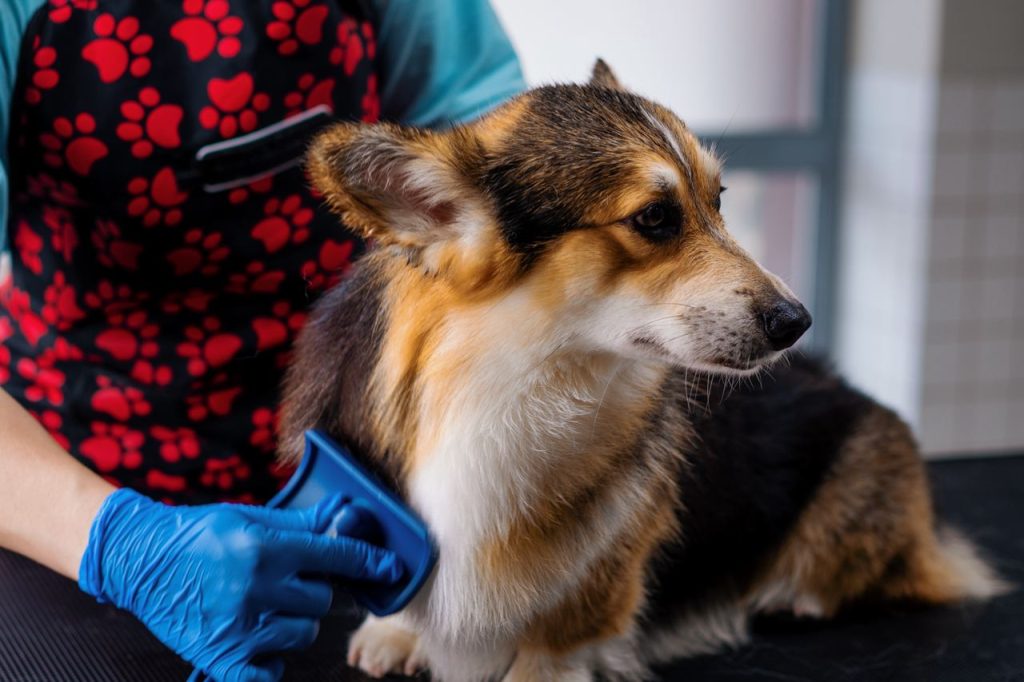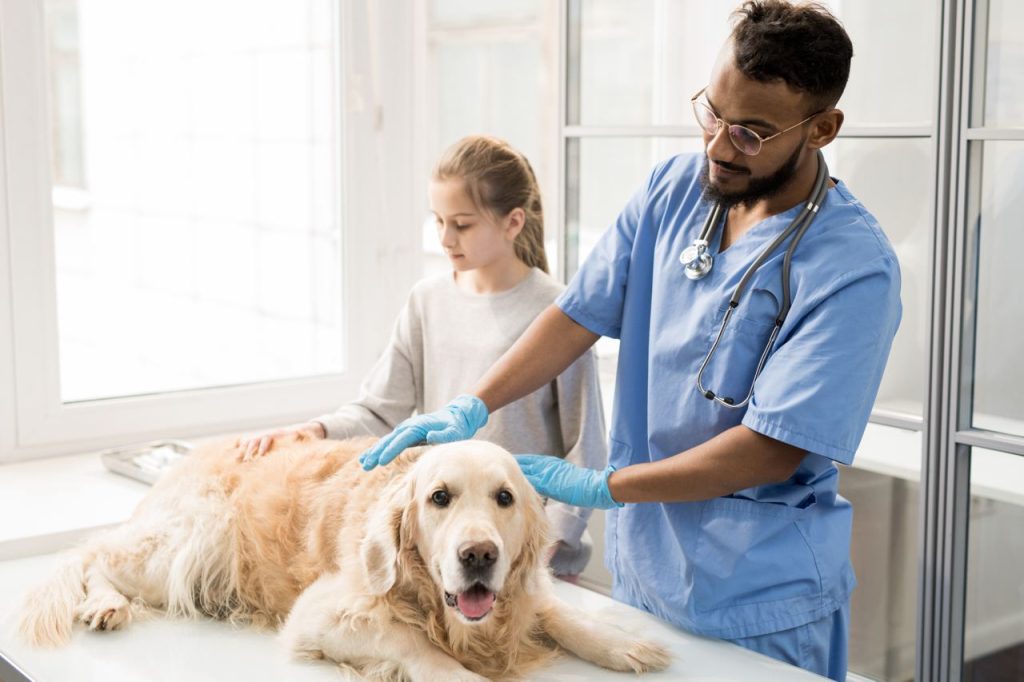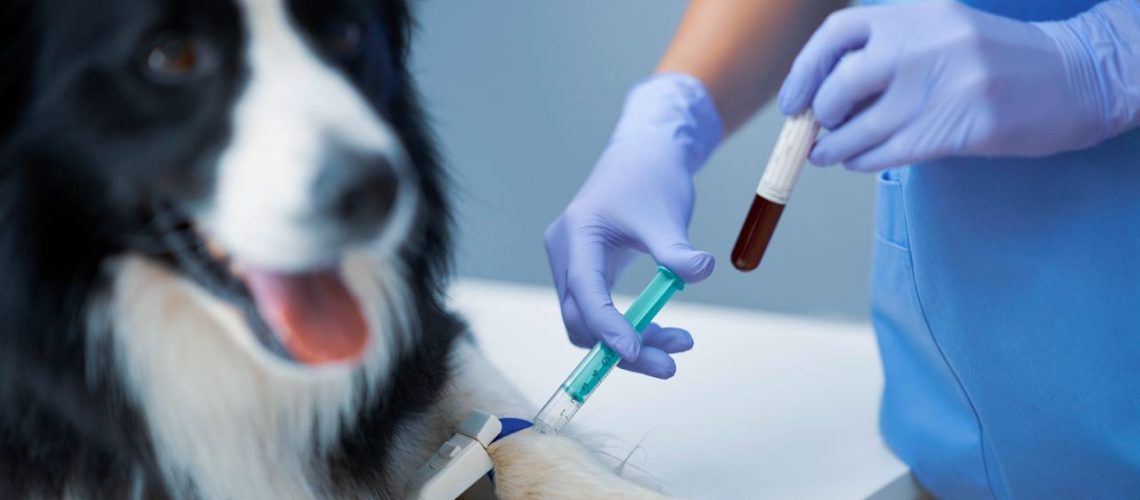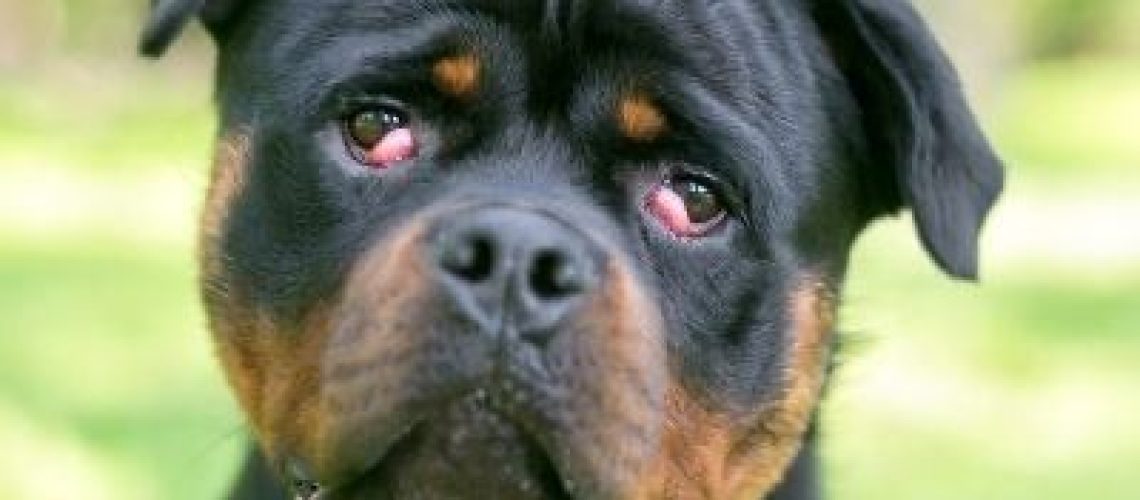Hot spots can be annoying for your dog, but with the right approach, you can quickly provide relief. Hot spots are skin infections in dogs.
In this blog we will discuss what a hot spot in a dog is, investigate possible causes and recommend effective treatment methods.
Want to know more about treating hot spots in dogs? Then watch the handy video by Veterinarian Peter Klaver on YouTube.
What is a hot spot in dogs?
A hot spot on dogs is a painful and irritated area on their skin. It is also called acute moist dermatitis. These areas are usually red, inflamed and can be very itchy. Hot spots often develop suddenly and can quickly become larger if left untreated.
They often occur in areas where the skin is moist. These areas include the mouth, neck, groin or paws. Scratching, licking and biting these areas worsens the irritation and can lead to further inflammation. It is important to treat hot spots quickly to prevent further complications.
Cause of a hotspot
Hot spots in dogs have a variety of causes. Some common causes include:
Allergies
Dogs can be allergic to different things. This can be food, flea bites, pollen or grass. Certain substances can also irritate a dog’s skin.
Flea bites
Flea bites can cause itching and irritation in dogs, causing them to scratch and bite, which can lead to hot spots.
Skin infections
Bacteria or fungi on the skin can cause hot spots. This happens especially when the skin is already irritated. Irritation can be caused by, for example, an allergic reaction or flea bites.
Excessive moisture
Warm weather or humid environments can cause bacteria to grow on the skin, which can lead to the beginnings of hot spots.
Skin irritation
If a dog’s skin is wet, dirty or irritated for a long period of time, it can lead to skin irritation.
It is important to determine the underlying cause of the hot spot to prevent recurrence.

What to do in case of a hotspot on your dog?
If your dog has a hot spot, there are several treatments that can provide relief:
Sudocreme
Sudocreme can help soothe and protect irritated skin. Apply a thin layer to the hot spot to prevent further irritation.
Honey ointment
Honey ointment is known for its antibacterial properties and can help heal hot spots. Apply a small amount to the infected area to help fight infection and promote healing.
Betadine
Betadine is an antiseptic. It can be used to clean the hot spot. Betadine can also prevent a hot spot. Dilute the betadine with water and apply it carefully to the hot spot with a clean cotton ball.
The treatment for your dog’s hot spot can vary. This mainly depends on personal preference and what works best for your dog. It is wise to talk to a vet first. You do this before you start treating your dog. This way, you know for sure that you have chosen the right approach. This approach must be adapted to the needs of your dog.
Treatment by a veterinarian
Sometimes a hot spot can be so severe that professional treatment is needed. A veterinarian can prescribe medication to treat your dog’s infections and inflammation. Your veterinarian may also recommend other treatments to help with recovery.

However, the cost of a veterinary consultation can be covered. Dog insurance can help cover medical treatments at the vet. This ensures that you can give your dog the care he needs.












